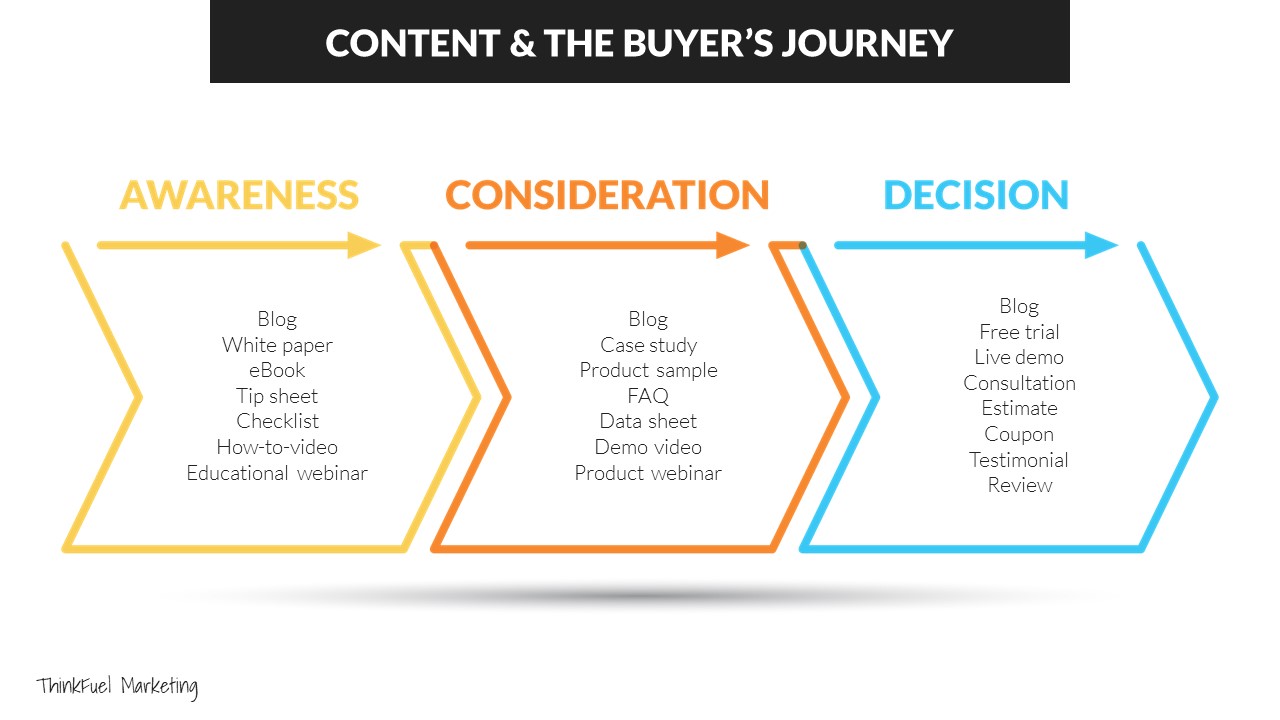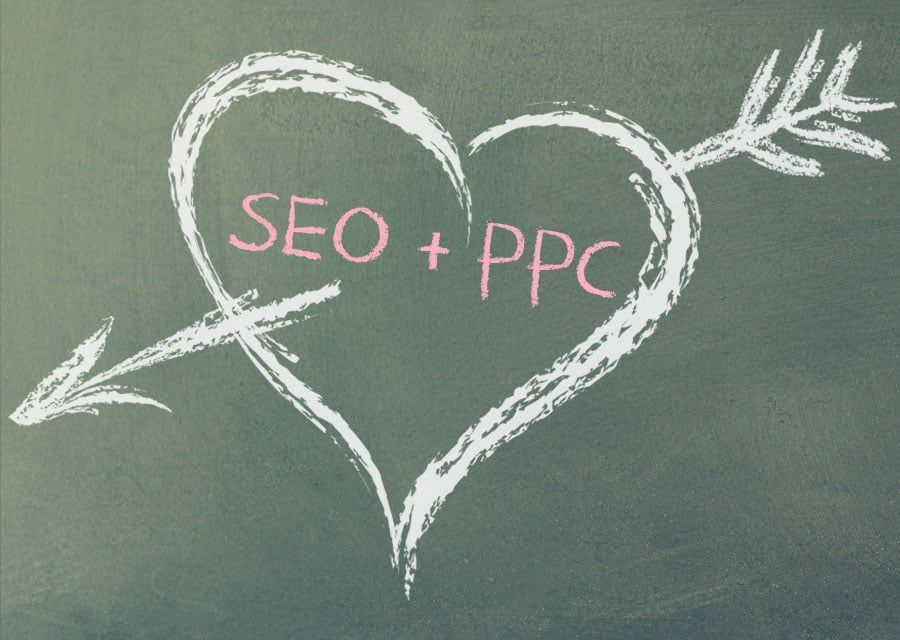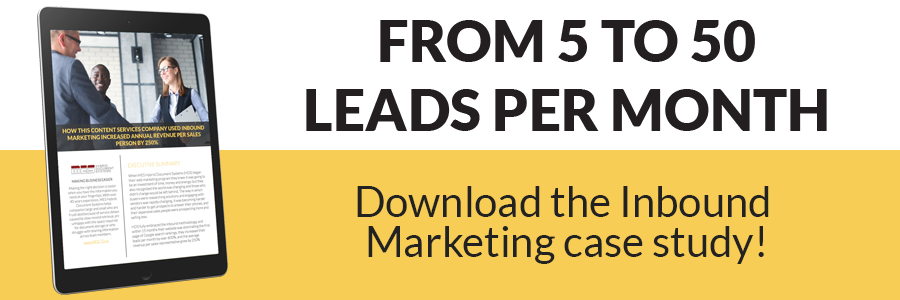How to Create a Buyer Persona in 5 Steps
Are you using a buyer persona in your marketing plan?
If not, you're missing out on one of the key factors of getting paying customers clamoring for your product or service.
Without the ideal customer in mind, you're just taking shots in the dark.
The question that remains is how to create a buyer persona that works for your business. Read on and we'll help you through the process in a few simple steps.
What Is a Buyer Persona?
A buyer persona is simply a profile of your ideal customer.
If you're working on selling businesses on your Teflon coated fasteners, for instance, then you're probably aware that you're not dealing with middle-aged soccer moms.
But a true buyer persona allows your marketing to tighten up a bit more than just "who's not buying" and allows you to create advertising that speaks directly to the ideal person for your service.
That's the beauty of it. Creating one is quite simple, especially with modern digital marketing techniques, so let's hop in and get you there!
1. Research
Research is the first step in ensuring that you're able to make an accurate buyer persona. Knowing how to sell is one thing, your buyer persona is about who you're selling to.
You may, or may not, already have data on who's buying. That's the important stuff since everything else is a measure of estimation and may lead to a shakier foundation.
LinkedIn is a great resource for this. Find companies that might be interested in what you're offering and then dive in to see who's working there and what they're like.
If you already have sales data you'll still want to look over the data you have before you go in.
Identify important information:
- Age
- Location
- Industry
- Social media use
- Major work responsibilities
This is the vital stuff, and it's actually unlikely to change much between different buyers. There's one thing to keep in mind, B2B sales usually involve more than one person so you need to identify the usual change of command that you'll be working through.
With this information in hand, you're ahead of the game.
The other thing: people in the same industry often have similar hobbies and motivations. You should try to broadly identify these as they can tell you a lot about what sales tactics will work in the end.
The biggest thing - always remember that though you're working from extrapolation you're still going to be dealing with people.
2. Segment the Data
Since you're dealing with individuals you need to segment your data. Not every potential buyer is going to act alike but you can generally identify a half dozen or so potential profiles that will let you know which initial approach to use.
This isn't stuff that should be just bouncing around in your head.
Write it down. Grab a notebook or a word processing program and make your extrapolations into files. Keep these handy.
B2B is a whole different ball game than retail sales, there are generally at least seven people involved in the sales process. In smaller companies that may not be the case, but most of us are angling for whales.
Identify these people within the company to the best of your ability, because your approach is going to be defined by your buyer persona... at least until you have actual contact.
3. Find Industry Pain Points
Each industry has pain points. Your product or service should be offering a solution to one of them.
The key to using your marketing persona well is to attack these pain points in a way that the individual will grasp. Someone involved in another part of the company may not grasp just what you're offering.
You need to make sure that you're able to bring up the problem and your solution in a manner that everyone can easily grasp no matter what part of the company they're working in.
4. Tailor Your Approach
While you're working with data at this point, you still need to tailor your approach. Direct sales through a cold call may work but using a marketing persona you'll be able to leverage the increasing hyper-targeting prevalent in the overall digital marketing landscape these days.
Remember how we segmented the audience earlier? You may also want to tailor your ads to hit different segments. You may not need to hit all of them but a tailored approach to a few of them can yield some great results.
Overall, you're looking to use the broad data to make initial contact before selling to the individual.
5. Don't Be Afraid to Tinker
While you can definitely keep hammering at the same approach the beauty of using a buyer persona is being able to adjust over time.
If you're noticing that one segment of your buyer persona for a company seems more important than you initially thought, for instance, then it makes sense to work on targeting them more heavily.
Each sale is a data point and building a more accurate persona is the key to working with your customers and potential customers.
Most targeted ads can be changed at the drop of a hat, so don't be afraid to experiment or tinker with your initial conceptions as you begin to get data that is relevant to your company rather than just the initial broad overview.
Keep a Tight Rein on Your Target Audience
Being able to create a buyer persona is good. Being able to use it is harder but still doable. Working with the data to create a more accurate persona is the big thing which many companies miss out on.
There's no need to shoot off in the dark, with the right focus you'll be able to make B2B sales woes a thing of the past.
It's still a time-consuming process, however, so why not let us help?
Table of contents
Share this
You May Also Like
These Related Stories

Creating Website Content That Converts Visitors Into Leads

9 Reasons Paid Search is Critical to a Well-Rounded Marketing Campaign



